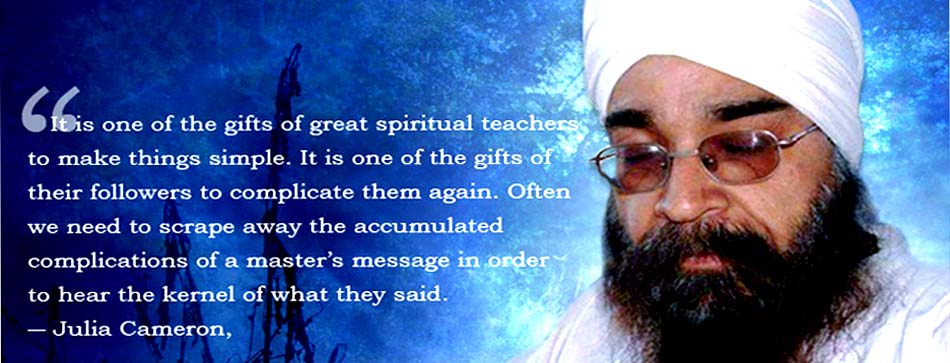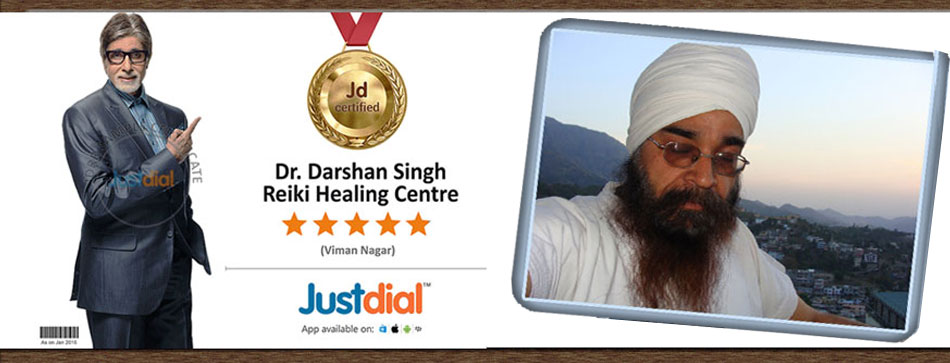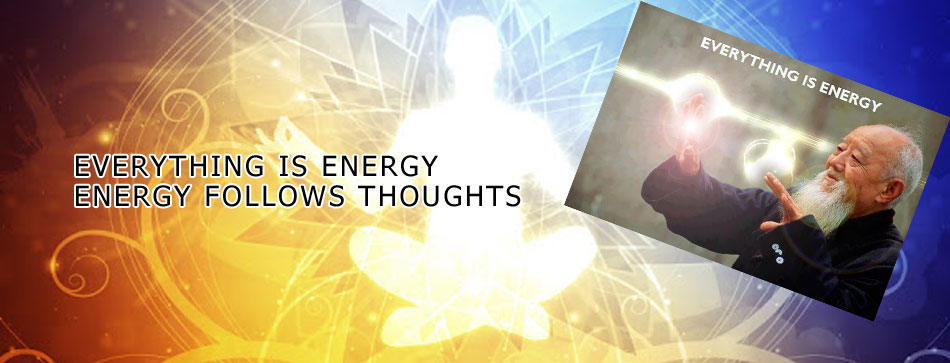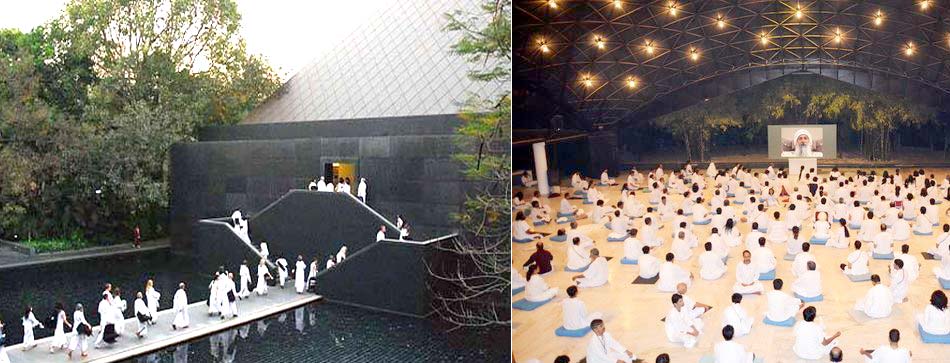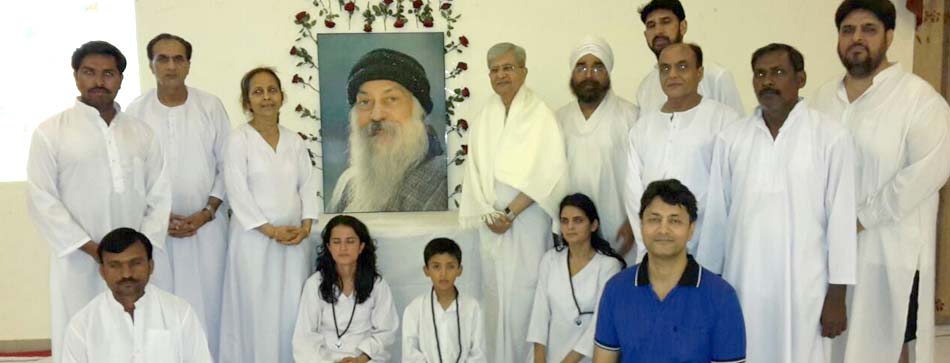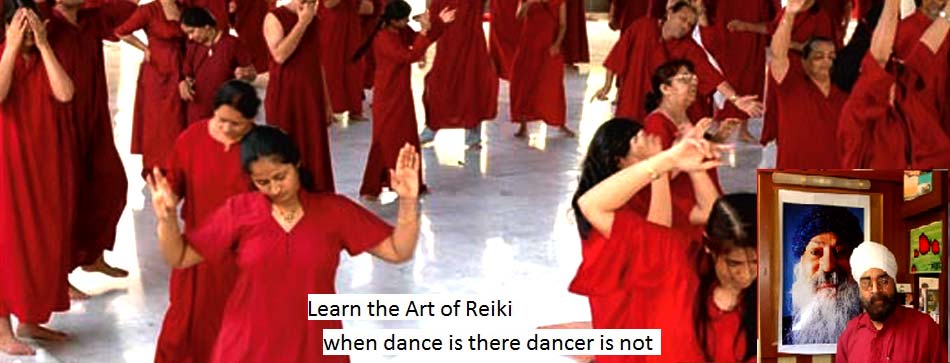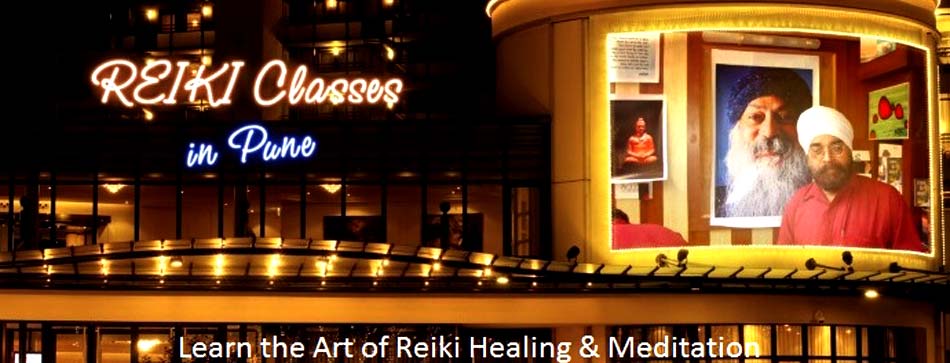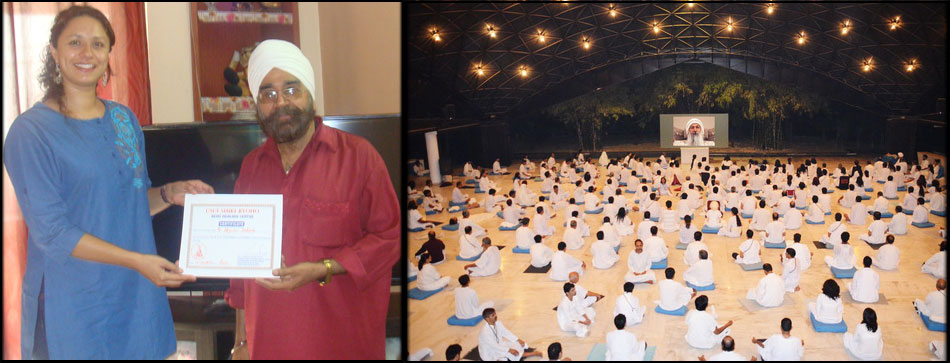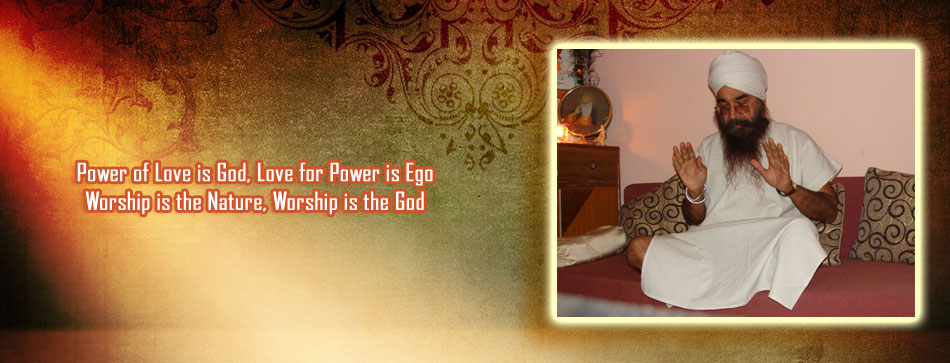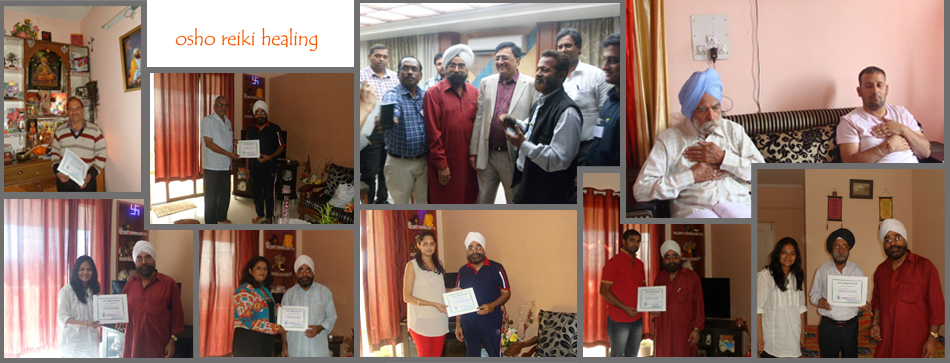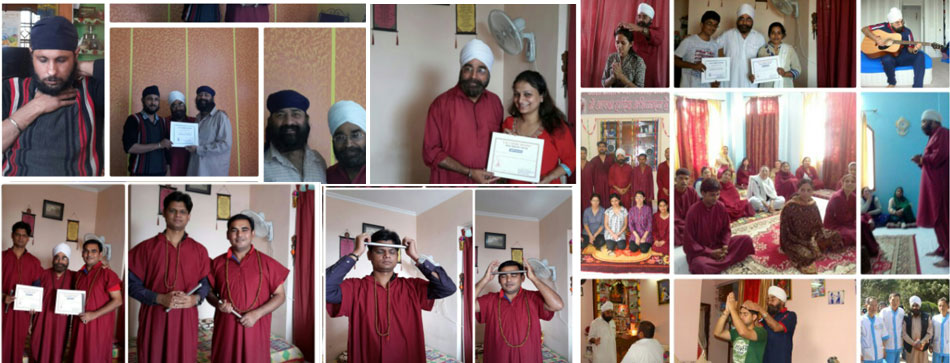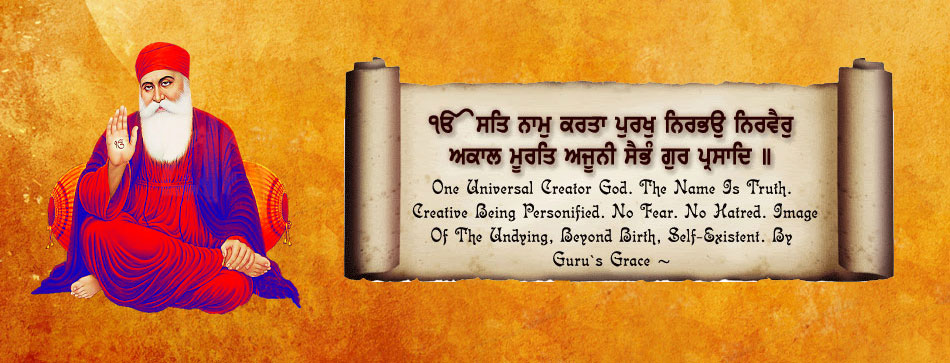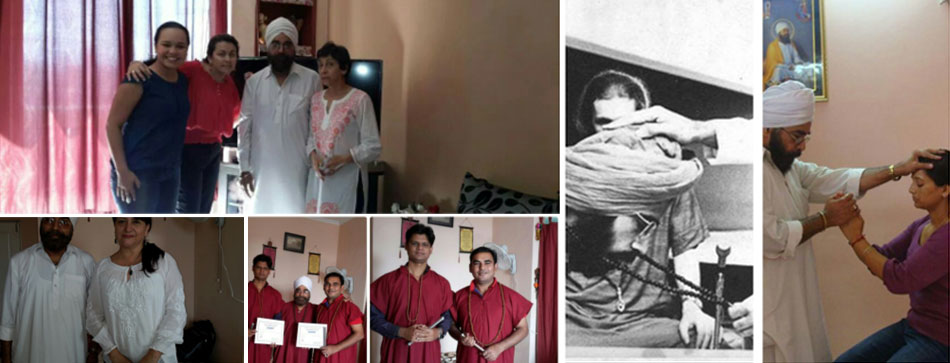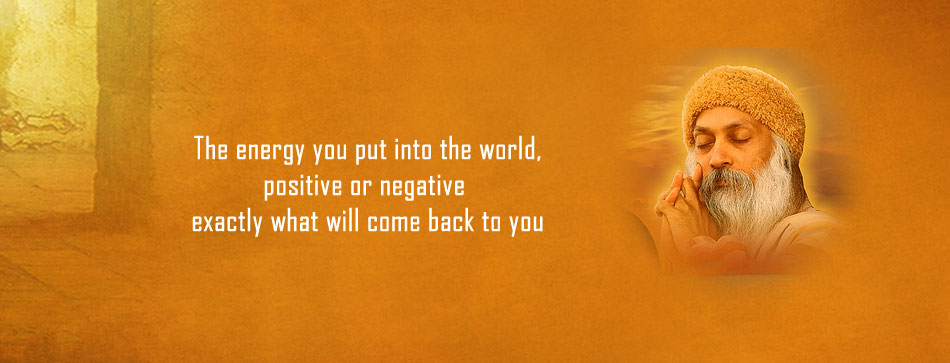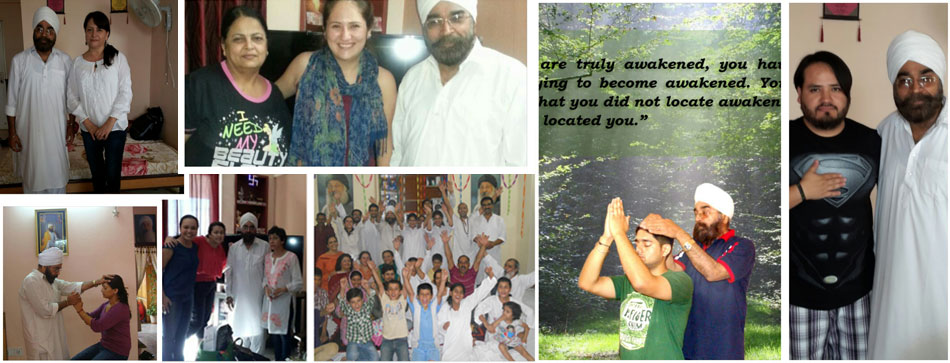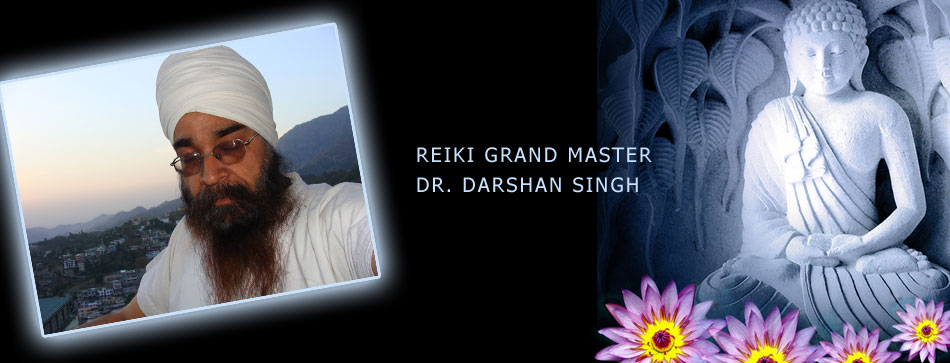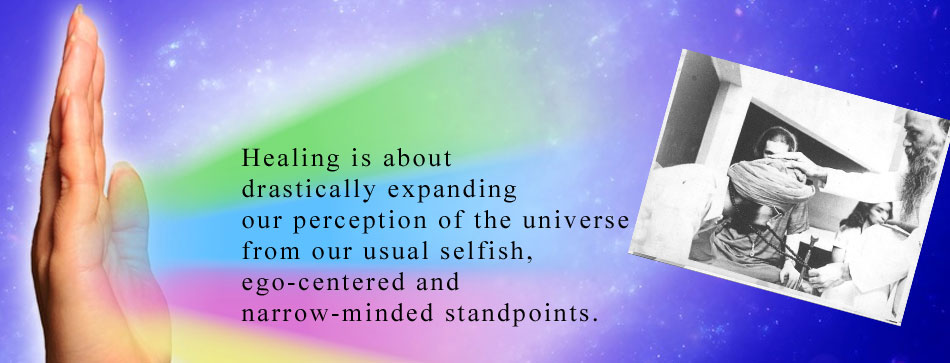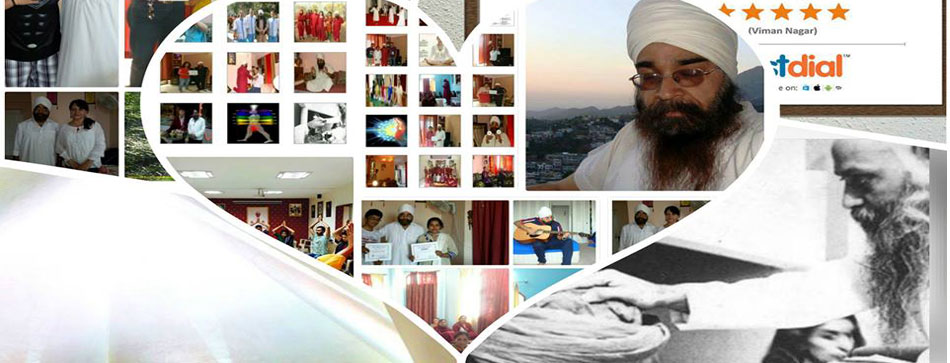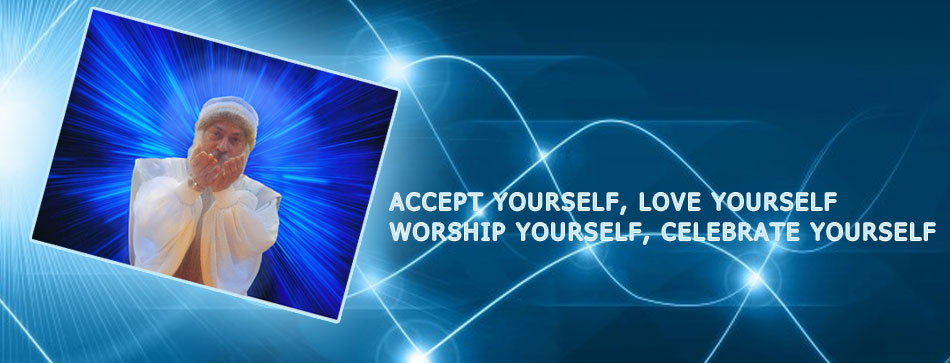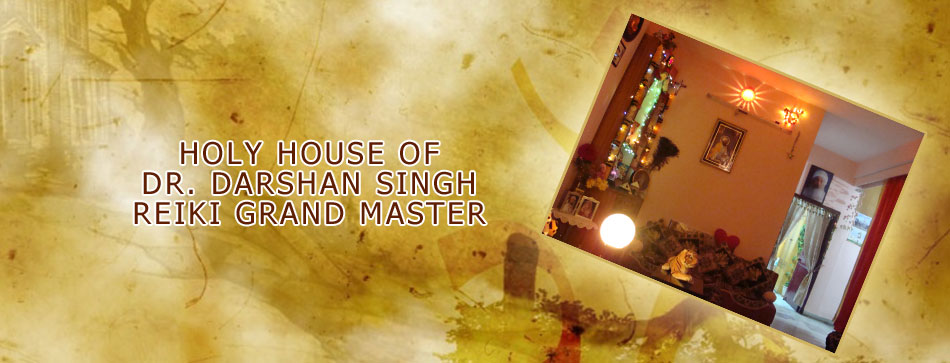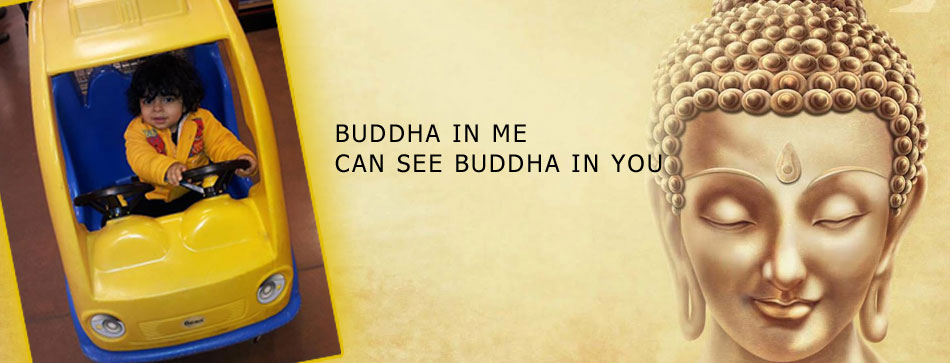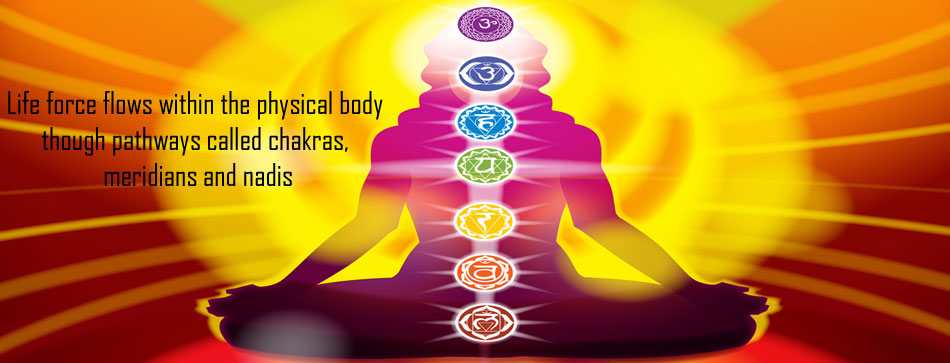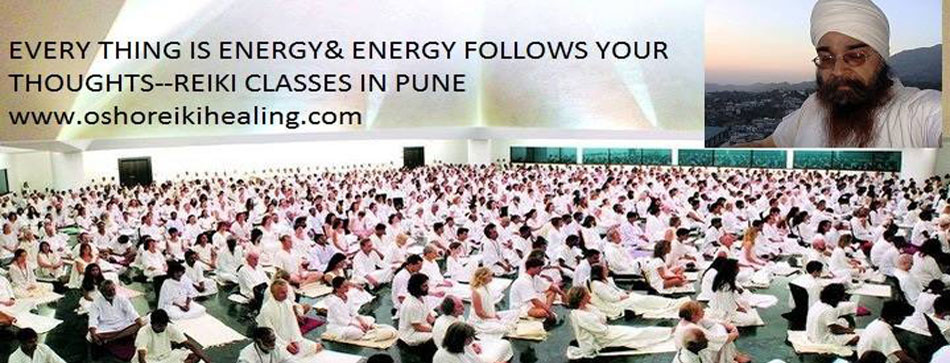3 Tips for Staying Focused During Hong-Sau Meditation
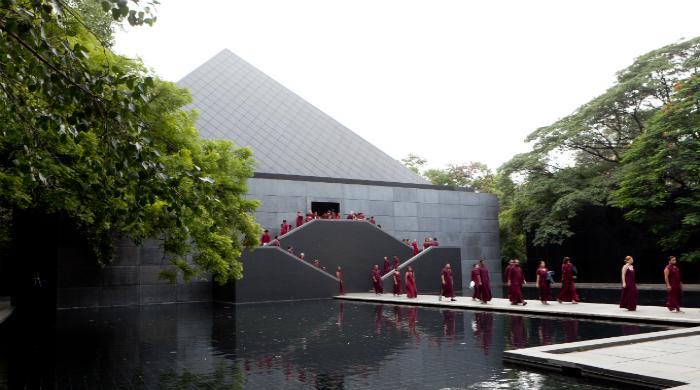
1. Energization. Practicing the Energization exercises before you sit to meditate will also significantly increase the quality of your meditations. Whether you’re feeling sleepy or too restless, the strong, inward flow of energy created by these exercises will help you to overcome these obstacles.
2. Breathing Exercises.Keeping alert and totally present during your Hong-Sau practice can be challenging. At times your mind may seem out of control, racing off in many directions at once.
The two breathing techniques that precede your practice of Hong-Sau, Tensing and Relaxing and Regular Breathing, are great for calming your body and mind, and getting you started in a dynamic way. If you find that you are restless before, or even during Hong-Sau, you may find it advantageous to practice these preparatory techniques for a longer period of time.
3. Move Your Forefinger. Try bringing the forefinger of your right hand slightly toward the palm as you inhale and relax it back as you exhale. Doing this will help you stay focused on the breath and the Hong-Sau mantra.
It may help you to imagine that your inhalation is drawing your right forefinger upwards, and during your exhalation, the breath is gently blowing your finger back. (You can make the finger movements very small. And remember, you are just observing the breath, and not controlling it in any way.)
Focusing on the Spiritual Eye
“The key to success with the “Hong-Sau Technique” is to deepen your concentration at the spiritual eye until you no longer think about anything except the rhythmic flow of the breath.”
— Nayaswami Jyotish
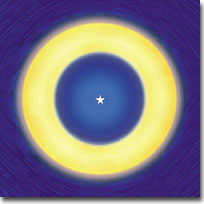
The spiritual eye, as seen in deep meditation.
The Spiritual Eye, or Christ Center is located at the point between the eyebrows. It is the seat of spiritual awakening. When all of our energy becomes centered there, enlightenment occurs.
When seen perfectly, The Spiritual Eye consists of a silvery-white five-pointed star, surrounded by a field of deep indigo blue, which in turn is framed by a ring of gold.
It is extremely important to have your eyes turned upward to the Spiritual Eye in meditation. Focusing there helps you attune to, and magnetically draw, the highest states of consciousness. (You should remember, however, that although the eyes are physically gazing at the Spiritual Eye during your practice of Hong-Sau, your concentration should be on your breath).
Raise your gaze upward – not crossing the eyes, but focusing them on a point somewhat beyond the forehead at about the distance of your thumb when you hold your arm extended above you. The height of your thumb should be level with the top of your head.
The important thing is that your attention, not your eyes, be focused on that point in the forehead. Don’t try forcibly to bring your eyes to a focus, but gaze mentally at that point, and let the Spiritual Eye draw you into Itself.
If you notice that your mind has wandered off Hong-Sau mantra, you may also notice that your eyes are no longer looking upward. When this happens, raise your eyes again and refocus them on the Spiritual Eye, and your mind, on the breath. In time, you will feel a pull of energy within the forehead, and it will become easier for you to keep your eyes focused upwards.
Once you end your practice of Hong-Sau, you should spend some time focusing on the Spiritual Eye, whether you can see the light there or visualize it.
If you see the light, calmly offer yourself into it. If you don’t see the light, pray deeply, “Reveal Thyself… Reveal Thyself.” Even if you don’t see the light, you will feel your consciousness uplifted.
Frequently Asked Questions About Hong-Sau
Q. How long should the Hong-Sau technique be practiced?
A. As long as you enjoy practicing it. This is one technique (unlike many other yoga practices) that cannot be overdone in the sense of putting a strain on the nervous system. Yoganandaji used, as a boy, to practice it as much as 7-1/2 hours at a time. He once told a disciple that if one wants to become a master in this life, he should practice Hong-Sau two hours daily. No technique, however, should be practiced to the point of boredom or fatigue. Beginners, especially, may do better to practice only half an hour at a time, perhaps even less. For others, let enjoyment be your key, lest you slip gradually into the pernicious habit of meditating mechanically, without that keen sense of blissful anticipation which is so necessary to any real meditative progress. When your enjoyment of the technique begins to lessen, cease your practice at least for that session. When your enjoyment of meditation itself lessens, stop meditating, or take a break (you might rest in Savasana (The Corpse Pose) before making another effort.
Q. When the Master said to practice Hong-Sau two hours a day, did he mean at one sitting?
A. Yes, if possible. But if not, I am sure he would have agreed to your dividing this time into two or more shorter periods. Remember, no fixed time can guarantee success in yoga practice. Suggested times should be taken only as general guidelines.
Q. May one practice this technique in idle moments as well, apart from one’s prescribed periods for meditation?
A. Indeed, yes! Anywhere, practically: sitting at your desk in the office, or in public places, or at a party when you are not involved in the conversation. Before others, however, don’t be obvious about what you are doing. Sit back, and close your eyes as if you were resting them, or look straight ahead, as if reflectively.
Q. What proportion of one’s meditation should be devoted to the practice of this technique?
A. It is difficult to advise in this matter, except to say that this is one of the most important techniques of yoga. The longer and more deeply you practice any technique, the sooner you will become proficient in it. It is for you to decide how long, in proportion to other techniques, you want to watch the breath. Regardless what techniques are practiced, however, at least the last quarter of one’s meditation time should be devoted to simple meditation, without any practice of techniques. As my guru put it, intuition (which he defined as the soul’s power to know God) is developed by prolonging and deepening the peaceful after-effects of one’s practice of the meditation techniques.
Q. Should one concentrate on the breath and also at the point between the eyebrows?
A. Not until the attention focuses itself naturally on the flow of breath at the beginning of the nose — that is, the point at which the breath enters the nasal cavity in the head. To do so otherwise would constitute a division of concentration which would be self-defeating.
Q. What if, during one’s practice of this, or of any other, technique, one is suddenly lifted into a divine state of consciousness? Assuming that it was the technique that induced this state, should one continue his practice, or abandon it to deepen one’s enjoyment of this state of consciousness?
A. That depends on whether the technique actually induced the state you refer to, or only prepared you to receive it. Certain divine states, if actually caused by the practice of a technique, may be deepened by continuation of that practice. Otherwise, and generally speaking, the technique should be abandoned in order that you might deepen your enjoyment of, and identification with, the divine experience.
Q. Sometimes I find that my breath, instead of pausing longer and longer at the rest points between inhalation and exhalation, continues its normal rhythm, but becomes shallower and shallower to the point where it virtually disappears. Is this all right?
A. Yes, it is quite all right. In any case you should let the breath follow its own course, instead of deciding for it what rhythm it ought to follow. But such extremely light breathing indicates a satisfactory state of concentration.
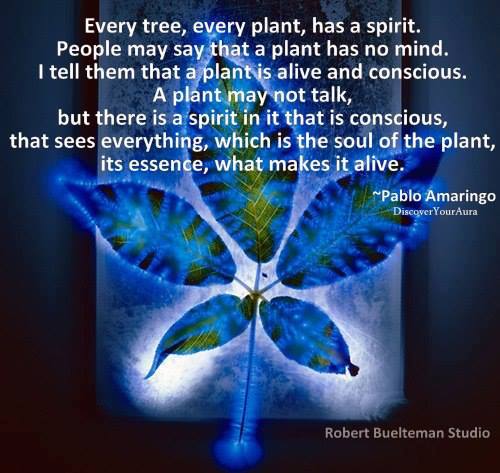
Rising Kundilini
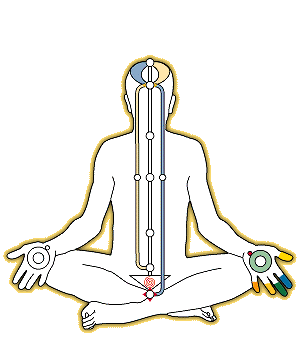
Thoughts
Blissful Music
3D Live Visitors Stats
Visitor Locations
Join Me

Calender
| M | T | W | T | F | S | S |
|---|---|---|---|---|---|---|
| 1 | 2 | 3 | 4 | 5 | 6 | 7 |
| 8 | 9 | 10 | 11 | 12 | 13 | 14 |
| 15 | 16 | 17 | 18 | 19 | 20 | 21 |
| 22 | 23 | 24 | 25 | 26 | 27 | 28 |
| 29 | 30 | 31 | ||||

